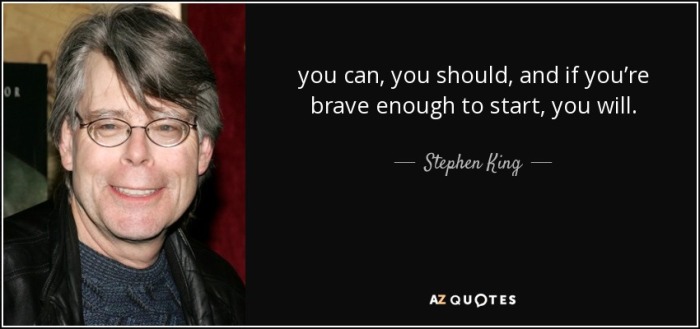If it weren’t for King’s wife, “Carrie” may not have ever existed. After being consistently rejected by publishing houses, Stephen Edwin King gave up and threw his first book in the trash. His wife, Tabitha, retrieved the manuscript and urged King to finish it. Now, King’s books have sold over 350 million copies and have been made into countless major motion pictures.

Stephen Edwin King (born September 21, 1947) is an American author of contemporary horror, supernatural fiction, suspense, science fiction, and fantasy. His books have sold more than 350 million copies, many of which have been adapted into feature films, miniseries, television shows, and comic books. King has published 54 novels, including seven under the pen name Richard Bachman, and six non-fiction books. He has written nearly 200 short stories, most of which have been collected in book collections. Many of his stories are set in his home state of Maine. His novella Rita Hayworth and Shawshank Redemption was the basis for the movie The Shawshank Redemption which is widely regarded as one of the greatest films of all time.
Early life
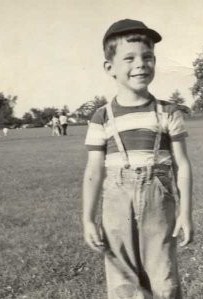
Stephen king was born in september 21,1947,in portland,maine. He was born as the son of Donald Edwin King and Nellie Ruth.when king was 2 years old his father left the family alone which left them with financial problems.Nellie had the burden to raise king and his adopted elder brother.
As a child, King apparently witnessed one of his friends being struck and killed by a train, though he has no memory of the event. His family told him that after leaving home to play with the boy, King returned, speechless and seemingly in shock. Only later did the family learn of the friend’s death. Some commentators have suggested that this event may have psychologically inspired some of King’s darker works, but King makes no mention of it in his memoir On Writing (2000)
Education and early career
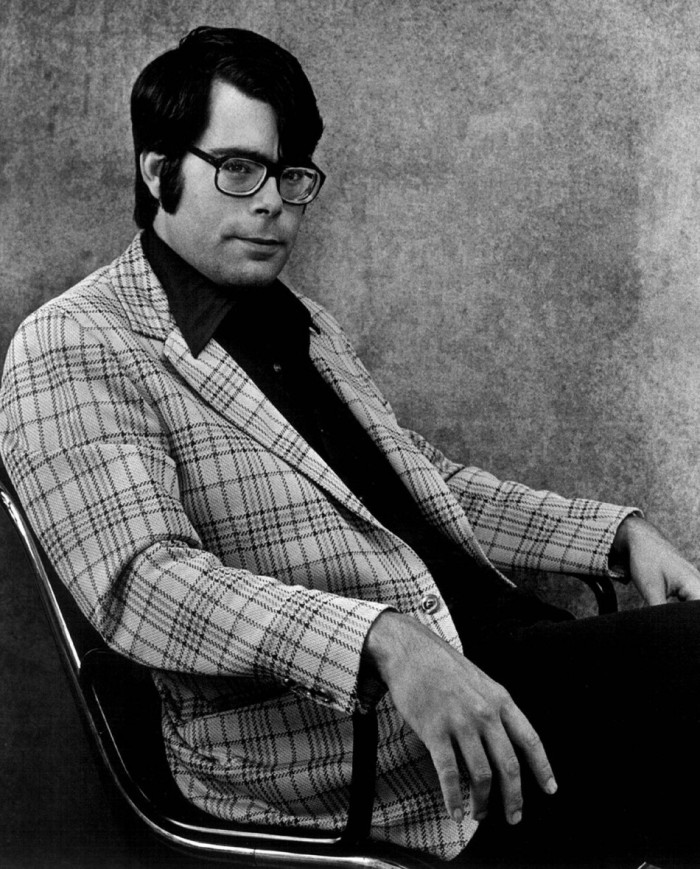
King attended Durham Elementary School and graduated from Lisbon Falls High School, in Lisbon Falls, Maine. He displayed an early interest in horror as an avid reader of EC’s horror comics, including Tales from the Crypt (he later paid tribute to the comics in his screenplay for Creepshow). He began writing for fun while still in school, contributing articles to Dave’s Rag, the newspaper his brother published with a mimeograph machine, and later began selling to his friends stories based on movies he had seen (though when discovered by his teachers, he was forced to return the profits). The first of his stories to be independently published was “I Was a Teenage Grave Robber”; it was serialized over four issues (three published and one unpublished) of a fanzine, Comics Review, in 1965. That story was published the following year in a revised form as “In a Half-World of Terror” in another fanzine, Stories of Suspense, edited by Marv Wolfman.
From 1966, King studied at the University of Maine, graduating in 1970 with a Bachelor of Arts in English. That year, his daughter Naomi Rachel was born. He wrote a column for the student newspaper, The Maine Campus, titled “Steve King’s Garbage Truck”, took part in a writing workshop organized by Burton Hatlen, and took odd jobs to pay for his studies, including janitor, gas pump attendant, and working at an industrial laundry. He sold his first professional short story, “The Glass Floor”, to Startling Mystery Stories in 1967.The Fogler Library at the University of Maine now holds many of King’s papers.
After leaving the university, King earned a certificate to teach high school but, unable to find a teaching post immediately, initially supplemented his laboring wage by selling short stories to men’s magazines such as Cavalier. Many of these early stories have been republished in the collection Night Shift. In 1971, King married Tabitha Spruce, a fellow student at the University of Maine whom he had met at the University’s Fogler Library after one of Professor Hatlen’s workshops.That fall, King was hired as a teacher at Hampden Academy in Hampden, Maine. He continued to contribute short stories to magazines and worked on ideas for novels. During that time, King developed a drinking problem which would plague him for more than a decade.
Novels

In 1973, King’s first novel Carrie was accepted by publishing house Doubleday. King had thrown an early draft of the novel into the trash after becoming discouraged with his progress writing about a teenage girl with psychic powers. His wife retrieved the manuscript and encouraged him to finish it.His advance for Carrie was $2,500; King’s paperback rights later earned $400,000.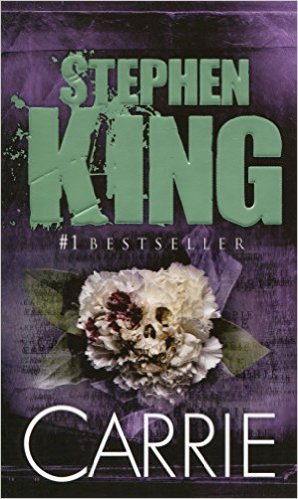 King and his family moved to southern Maine because of his mother’s failing health. At this time, he began writing a book titled Second Coming, later titled Jerusalem’s Lot, before finally changing the title to Salem’s Lot (published 1975). In a 1987 issue of The Highway Patrolman magazine, he stated, “The story seems sort of down home to me. I have a special cold spot in my heart for it!” Soon after Carrie‘s release in 1974, King’s mother died of uterine cancer. His Aunt Emrine had read the novel to her before she died. King has written of his severe drinking problem at this time, stating that he was drunk delivering the eulogy at his mother’s funeral
King and his family moved to southern Maine because of his mother’s failing health. At this time, he began writing a book titled Second Coming, later titled Jerusalem’s Lot, before finally changing the title to Salem’s Lot (published 1975). In a 1987 issue of The Highway Patrolman magazine, he stated, “The story seems sort of down home to me. I have a special cold spot in my heart for it!” Soon after Carrie‘s release in 1974, King’s mother died of uterine cancer. His Aunt Emrine had read the novel to her before she died. King has written of his severe drinking problem at this time, stating that he was drunk delivering the eulogy at his mother’s funeral
In 1985, King wrote his first work for the comic book medium,writing a few pages of the benefit X-Men comic book Heroes for Hope Starring the X-Men. The book, whose profits were donated to assist with famine relief in Africa, was written by a number of different authors in the comic book field, such as Chris Claremont, Stan Lee, and Alan Moore, as well as authors not primarily associated with that industry, such as Harlan Ellison.The following year, King wrote the introduction to Batman No. 400, an anniversary issue in which he expressed his preference for that character over Superman.
The Dark Tower

Then he wrote the famous The Dark Tower which incorporates themes from multiple genres including dark fantasy,sci-fi,horror,and western. It describes a “gunslinger” and his quest toward a tower, the nature of which is both physical and metaphorical. King has described the series as his magnum opus.The Gunslinger was continued as an eight-book epic series called The Dark Tower, which books King wrote and published infrequently over four decades.
In 1982, the fantasy small-press Donald M. Grant (known for publishing the entire canon of Robert E. Howard) printed these stories for the first time together in hardcover form with color and black-and-white illustrations by fantasy artist Michael Whelan, as The Gunslinger. Each chapter was named for the story previously published in magazine form. King dedicated the hardcover edition to his editor at F&SF, Ed Ferman, who “took a chance on these stories”. The original print run was only 10,000 copies, which was, by this time, a comparatively low run for a first printing of a King novel in hardcover. His 1980 novel, Firestarter, had an initial print run in trade hardcover of 100,000 copies, and his 1983 novel, Christine, had a trade hardcover print run of 250,000 copies, both by the much larger publisher Viking. The Gunslinger’s initial release was not highly publicized, and only specialty science-fiction and related bookstores carried it on their shelves. The book was generally unavailable in the larger chain stores, except by special order. Rumors spread among avid fans that there was a King book out that few readers knew about, let alone had actually read. When the initial 10,000 copies sold out, Grant printed another 10,000 copies in 1984, but these runs were still far short of the growing demand among fans for this book. Both the first and second printings of The Gunslinger garner premium prices on the collectible book market, notably among avid readers and collectors of Stephen King, horror literature, fantasy literature, and American western literature, and fans of Michael Whelan’s artwork.
In 1987, King released the second installment, The Dark Tower II: The Drawing of the Three, in which Roland draws three people from 20th-century United States into his world through magical doors. Grant published The Drawing of the Three, with illustrations by Phil Hale, in a slightly larger run of 30,000 copies, which was still well below King’s typical initial hardcover print run of a new book. It, published in 1986, had an initial print run of 1,000,000 copies, King’s largest to date.
In the late 1970s and early 1980s, King published a handful of short novels—Rage (1977), The Long Walk (1979), Roadwork (1981), The Running Man (1982) andThinner (1984)—under the pseudonym Richard Bachman. The idea behind this was to test whether he could replicate his success again and to allay his fears that his popularity was an accident. An alternate explanation was that publishing standards at the time allowed only a single book a year.He picked up the name from the hard rock band Bachman-Turner Overdrive, of which he is a fan.
Richard Bachman was exposed as King’s pseudonym by a persistent Washington D.C. bookstore clerk, Steve Brown, who noticed similarities between the works and later located publisher’s records at the Library of Congress that named King as the author of one of Bachman’s novels.This led to a press release heralding Bachman’s “death”—supposedly from “cancer of the pseudonym.”King dedicated his 1989 book The Dark Half, about a pseudonym turning on a writer, to “the deceased Richard Bachman”, and in 1996, when the Stephen King novel Desperation was released, the companion novel The Regulators carried the “Bachman” byline.

Car accident and thoughts of retirement
On June 19, 1999, at about 4:30 p.m., King was walking on the shoulder of Maine State Route 5, in Lovell, Maine. Driver Bryan Edwin Smith, distracted by an unrestrained dog moving in the back of his minivan, struck King, who landed in a depression in the ground about 14 feet from the pavement of Route 5.According to Oxford County Sheriff deputy Matt Baker, King was hit from behind and some witnesses said the driver was not speeding, reckless, or drinking. In his book On Writing King states he was heading north, walking against the traffic. Shortly before the accident took place, a woman in a car also heading north passed first King and then the light blue Dodge van. The van was looping from one side of the road to the other and the woman told her passenger she hoped “that guy in the van doesn’t hit him”.
King was conscious enough to give the deputy phone numbers to contact his family, but was in considerable pain. The author was first transported to Northern Cumberland Hospital in Bridgton and then flown by helicopter to Central Maine Medical Center (CMMC) in Lewiston. His injuries — a collapsed right lung, multiple fractures of his right leg, scalp laceration and a broken hip — kept him at CMMC until July 9. His leg bones were so shattered that doctors initially considered amputating his leg, but stabilized the bones in the leg with an external fixator. After five operations in ten days and physical therapy, King resumed work on On Writing in July, though his hip was still shattered and he could sit for only about forty minutes before the pain became unbearable.

In 2002, King announced he would stop writing, apparently motivated in part by frustration with his injuries, which had made sitting uncomfortable and reduced his stamina. He has since resumed writing, but states on his website:
“I’m writing but I’m writing at a much slower pace than previously and I think that if I come up with something really, really good, I would be perfectly willing to publish it because that still feels like the final act of the creative process, publishing it so people can read it and you can get feedback and people can talk about it with each other and with you, the writer, but the force of my invention has slowed down a lot over the years and that’s as it should be.”
Later Work
King continues to create and be involved in provocative projects. He has worked directly in television, writing for series like Kingdom Hospital andUnder the Dome, with the latter based on his 2009 novel. In 2011 he published 11/22/63, a novel involving time travel as part of an effort to stop the assassination of President John F. Kennedy. King also wrote Joyland(2013), a pulp-fiction style thriller that takes readers on a journey to uncovering who’s behind an unsolved murder. And he surprised audiences by releasing Doctor Sleep (2013), a sequel to The Shining, with Sleep hitting No. 1 on the New York Times bestseller list.
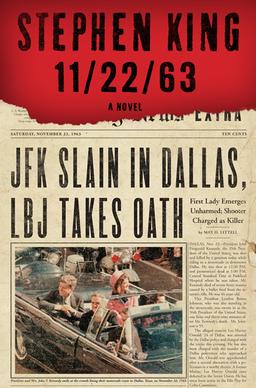
Personal
Outside of writing, King is a music fan. He even sometimes plays guitar and sings in a band called Rock Bottom Remainders with fellow literary stars like Dave Barry, Barbara Kingsolver and Amy Tan. The group has performed a number of times over the years to raise money for charity
